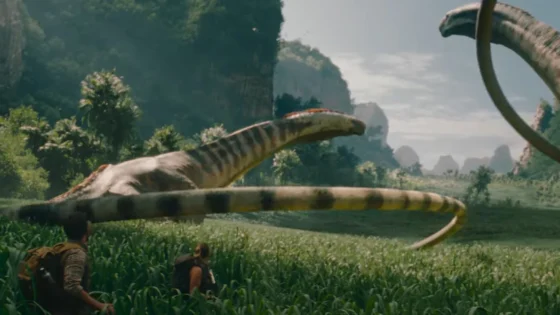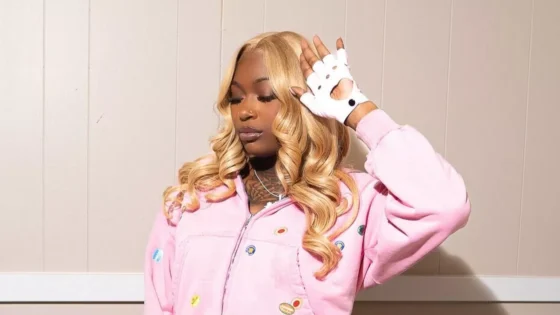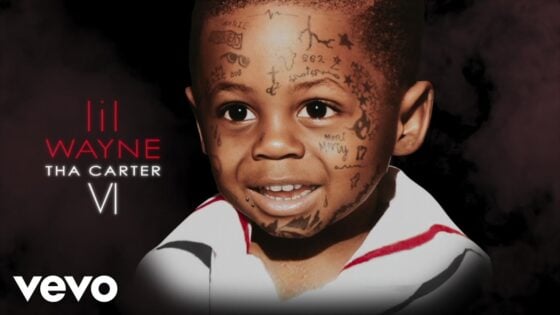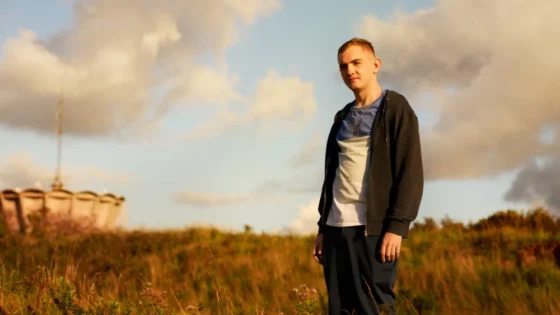There are few movies making the rounds at genre film festivals this year that have received as much praise from the festival organizers as Lowlife. When it made its World Premiere at the Fantasia Film Festival back in August, it was on nobody’s radar. In fact, Fantasia received Lowlife through their general Inbox, and prior to that not even the festival programmers knew it existed. But once they saw the film, they did everything in their power to convince people to see it — most recently it screened at the Toronto After Dark Film Fest, where festival programmer Adam Lopez also sung high praise, and if you ask those of us who have seen the movie, most of us will agree that Ryan Prows’ debut feature is one of the year’s best!
Lowlife is best described as this generation’s Pulp Fiction. Equal parts absurd comedy and surrealist crime thriller, Lowlife is a shocking and often-hilarious story about a beloved luchador named El Monstruo, employed by vicious crime boss Teddy Haynes, who runs his underground crime facility below his fast-food restaurant, harvesting the organs of undocumented immigrants while pimping out underage women. The serpentine plot tends to get a bit complicated, so try to keep up: El Monstruo (played by Ricardo Adam Zarate) is Teddy’s enforcer, a man caught in a web of crime, trying to keep alive his young wife Kaylee (Santana Dempsey), one of Teddy’s previous sex workers, now dealing with a serious heroin addiction while now eight-months pregnant with Monstruo’s son. The second major player we get to meet is Crystal (Nicki Micheaux) who’s desperately trying to help her ailing husband attain a kidney transplant by any means necessary. She meets Teddy, who promises her he can help save her dying husband, but unknown to Kaylee is Teddy’s connection the local cartel.
They all eventually cross paths with two small-time ex-cons that further complicate their lives. The duo is comprised of Randy (Jon Oswald), a fresh-out-of-prison white rapper now cursed with a swastika tattoo covering his entire face, and his best friend Keith (Shaye Ogbonna), who has since married Randy’s ex-girlfriend and settled down to have a family. It’s been a while since Randy has seen the light of day, and now that he’s out of prison, his Neo-Nazi tatt is sure to attract some attention from the people in his hometown of Compton. These naïve thugs eventually get blackmailed into doing some dirty work for Teddy that they’re not exactly kosher with. As each of these character’s twisted lives collides, fate brings them together in one colossal explosion of coincidence, forcing these antiheroes to join forces in order to survive against Teddy’s underground criminal ring and save a pregnant woman from certain death.
Lowlife is best described as this generation’s Pulp Fiction.
Like I said, there are a lot of characters to keep track of, and Lowlife works several angles of the same day from the perspective of each character, as the stories all intersect at the rundown motel managed by Crystal. The sharp dialogue and good storytelling leave the viewer guessing as to how all the characters will eventually meet during the final showdown, and while we’re left wondering what’s going on plot-wise, Ryan Prows bombards us with enough plot twists and sight gags to keep us entertained. The devil here is in the details, and Lowlife does a remarkable job with its sound design, sharp editing, and cinematography (the entire film was shot handheld) to make every familiar genre convention seem fresh and original. Everything from the sun-drenched visuals to the discordant soundtrack elevates the movie considerably beyond the usual Pulp Fiction clone. It’s not a perfect film by any stretch of the imagination, but Lowlife is incredibly calculated, and will keep viewers guessing from start to finish.
More often than not, when a movie is credited with having more than one screenwriter, the screenplay tends to be somewhat of a mess. Perhaps the most shocking aspect of Lowlife is that this movie was penned by five writers (who call themselves the Tomm Fondle), and yet given the amount of characters, twisted subplots, and the timeline told out of order, Lowlife is so incredibly self-assured and well thought out that it puts newcomer Ryan Prows on the map as a director to look out for. Despite the meta references, B-movie sleaze, and a sheer sense of fun, the filmmakers never lose focus on any of the characters, and it helps that the cast is strong, even if not always up for the emotional range needed for certain scenes.
It’s hard to pinpoint the most interesting character of the bunch because they all pull off memorable performances, but the famous luchador, masked avenger, son of El Monstruo, and renowned defender is most likely the character you’ll remember the most. His family’s legacy extends back centuries, and legend has it that when you pray to him, he will save you from your oppressors. The problem is, El Monstruo no longer saves people. He’s now a two-bit criminal sucked into a criminal enterprise against his better judgment, yet even when you see him bashing in someone’s skull with a propane tank, you’ll find yourself rooting for him to overcome his inner demons. El Monstruo is the center of the story after all, and while we may never get to see the man behind the mask, we can’t help but sense the pain and suffering he endures.
Lowlife is at times hilarious, but for the most part it is an extremely bleak film addressing current issues surrounding racism, immigration, and drug addiction. Right from the opening, we meet an ICE Agent pulling off an unauthorized raid of a cheap motel in the middle of the night. What follows is the film’s most horrific scene, in which the young, beautiful women are forced into sexual slavery, while the older women are painfully executed and devalued based on their ethnicity. Prows manages to not only create a commentary on the current state of affairs for illegal immigrants under a presidency that continually preaches anti-immigration sentiments, but also addresses the horrifying process behind organ harvesting, human trafficking, and the black market. In this world, the cops are often on the wrong side of the law, and everyone else is desperately trying to survive in a place that seems like it’s falling apart around them.
Crystal, also a recovering addict, is cursed with perhaps the film’s most depressing subplot. She doesn’t want to lose her lover, and with barely enough money to pay the bills, she’s left with little choice but to turn to the black market when seeking a kidney donor to replace her husband’s failing organ. She knows her source is shady, but desperate times calls for desperate measures, and with no one else to turn to she’ll do whatever it takes to save the man she loves. What Crystal doesn’t know is that the donor is Kaylee, her biological daughter who disappeared years back when she was addicted to smack and ended up becoming one of the many victims taken prisoner and locked up in Teddy’s basement. That’s where El Monstruo found Kaylee. That’s where he fell in love with her. That’s where he liberated her from the clutches of sex slavery and now that her life is on the line once again, he must do everything in his power to save her.
Lowlife is modern exploitation done right, and a film destined to find a cult following. It’s unbelievably entertaining, outlandishly funny, and sincerely touching — and that is what ultimately separates it from Tarantino’s classic. Lowlife truly has heart, and somehow finds the humanity in situations that go from comedic to horrific to over the top within a few frames. Don’t be surprised if you shed a tear or two in the film’s denouement. Happiness doesn’t come around very often for this group of misfits, but amidst the unexpected, bursts of violence, and interweaving vignettes, there is a glimmer of hope that the luchador can live up to the legend of his family’s name and maybe, just maybe, save the day?
– Ricky D

































